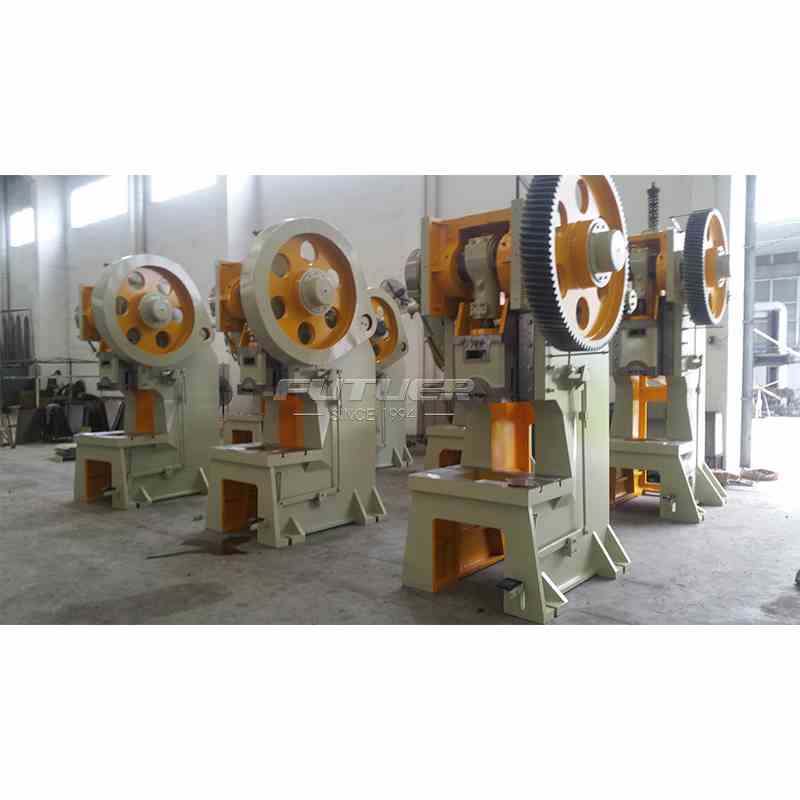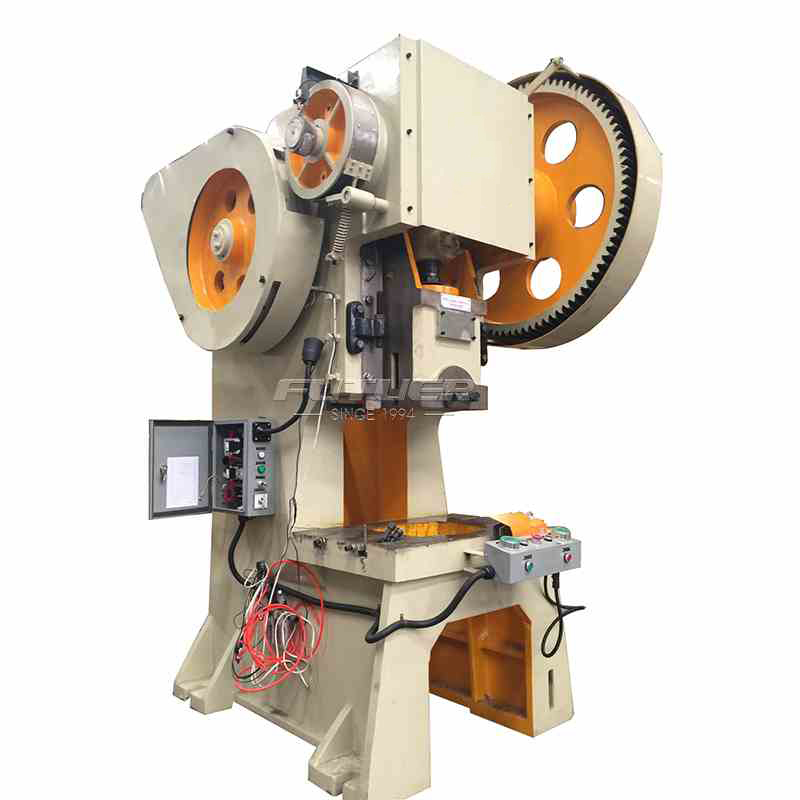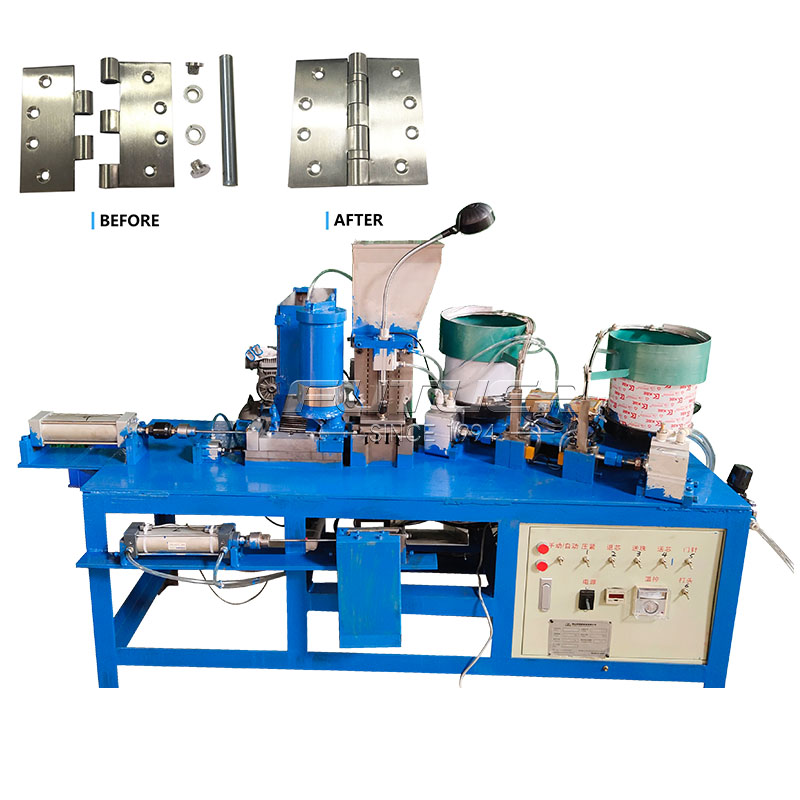In the realm of precision engineering, the open fixed table press stands as a testament to innovation and efficiency. Defined as a robust mechanical apparatus designed for exerting force on a workpiece, this equipment holds paramount importance across various industries due to its unparalleled precision and versatility.
Components of an Open Fixed Table Press
Fixed Table: At the heart of an open fixed table press lies its sturdy fixed table, which serves as the foundation for all operations. Crafted from high-grade materials such as steel or aluminum, the fixed table provides stability and rigidity essential for achieving precise results.
Press Mechanism: Comprising a hydraulic, pneumatic, or mechanical system, the press mechanism generates the force required for shaping, molding, or assembling components. Whether it's stamping, punching, or pressing, the mechanism ensures consistent and controlled application of pressure.
Control Panel: Integrating advanced control systems, the control panel empowers operators to regulate parameters such as pressure, speed, and cycle times with utmost precision. This intuitive interface enhances operational efficiency and facilitates seamless adjustments during production processes.
Safety Features: Recognizing the inherent risks associated with heavy-duty machinery, open fixed table presses incorporate an array of safety features to safeguard both operators and equipment. From emergency stop buttons to interlocking guards, these mechanisms prioritize workplace safety without compromising productivity.
Advantages of Open Fixed Table Presses
Precision and Accuracy
With their robust construction and advanced control systems, open fixed table presses offer unparalleled precision and accuracy in shaping and assembling components. This precision is crucial in industries where even the slightest deviation can lead to significant implications.
Versatility
From simple stamping operations to complex forming processes, open fixed table presses offer remarkable versatility, accommodating a wide range of applications across diverse industries. Their ability to adapt to varying production requirements makes them indispensable assets in modern manufacturing facilities.
Safety
Equipped with comprehensive safety features and built to comply with industry regulations, open fixed table presses prioritize the well-being of operators and minimize the risk of workplace accidents. By promoting a safe working environment, they contribute to enhanced productivity and peace of mind.
Efficiency
By streamlining production processes, minimizing downtime, and optimizing resource utilization, open fixed table presses contribute to enhanced operational efficiency and cost-effectiveness. Their ability to deliver consistent results with minimal wastage ensures maximum output with minimal input.
Applications of Open Fixed Table Presses
Manufacturing Industry
In the manufacturing sector, open fixed table presses find widespread application in forming metal sheets, shaping plastic components, and assembling intricate parts. From appliances to electronics, their role in streamlining production processes is indispensable.
Automotive Industry
Within the automotive industry, open fixed table presses play a pivotal role in fabricating body panels, forging engine parts, and assembling various components with utmost precision. Their ability to withstand heavy loads and maintain consistent performance makes them indispensable in automotive manufacturing.
Aerospace Industry
In the aerospace sector, where precision and reliability are non-negotiable, open fixed table presses find extensive usage in manufacturing critical components such as aircraft fuselages, wings, and landing gear. Their ability to meet stringent quality standards ensures the integrity and safety of aerospace structures.
Research and Development
Beyond traditional manufacturing applications, open fixed table presses serve as invaluable tools in research and development laboratories, facilitating experimentation and prototyping across diverse industries. From material testing to product innovation, their versatility empowers engineers and scientists to push the boundaries of possibility.
Considerations for Choosing an Open Fixed Table Press
Capacity and Size: When selecting an open fixed table press, factors such as capacity and size must be carefully considered to ensure compatibility with intended applications and workspace constraints.
Power Source: Whether hydraulic, pneumatic, or mechanical, the choice of power source should align with operational requirements and environmental considerations to optimize performance and efficiency.
Customization Options: Depending on specific production needs, customization options such as tooling configurations, stroke lengths, and control system upgrades should be evaluated to maximize versatility and functionality.
Budgetary Constraints: While investing in quality equipment is essential for long-term success, it's imperative to balance performance requirements with budgetary constraints to achieve optimal return on investment without compromising quality or safety.
Conclusion
The open fixed table press stands as a quintessential tool in the arsenal of modern manufacturing, offering unmatched precision, versatility, and efficiency across a myriad of applications. As industries continue to evolve and innovate, these remarkable machines will undoubtedly remain at the forefront of precision engineering, shaping the future of production with unwavering reliability and ingenuity.





